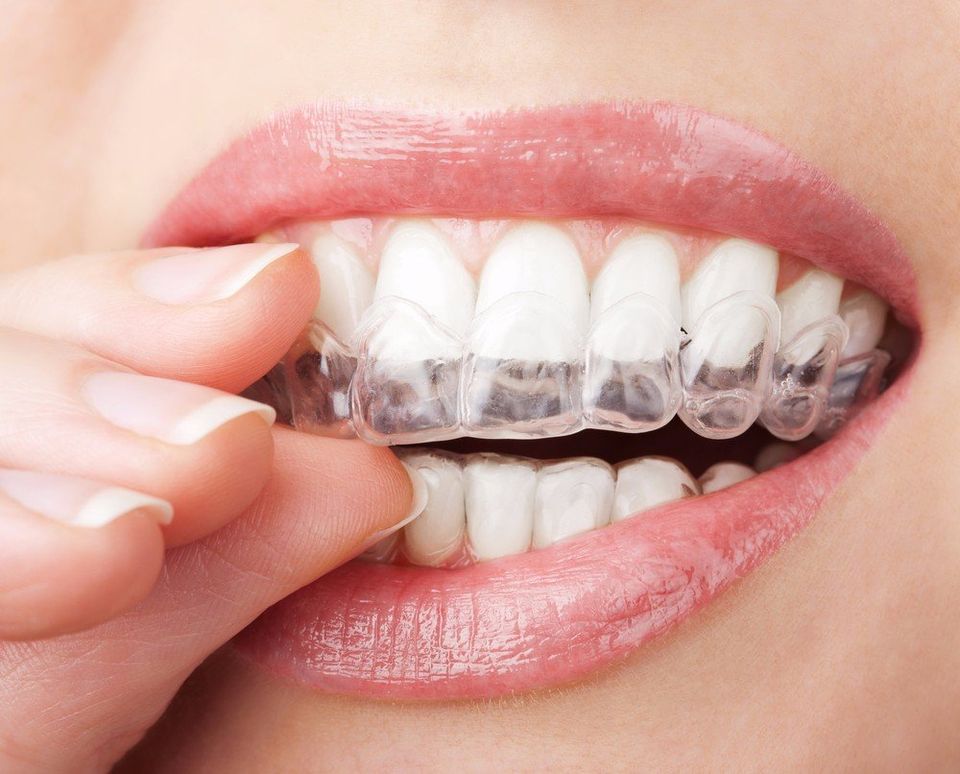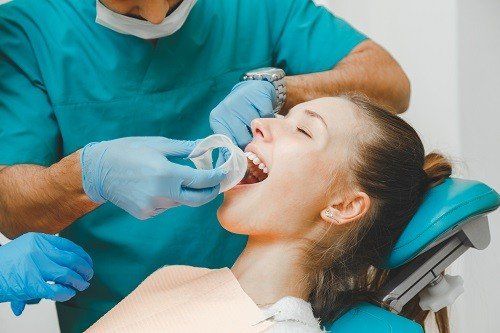How to Avoid Sensitivity When Teeth Bleaching at Home
There are so many things that can affect the look of your teeth:
certain foods, drinks, and even the oral care products we use. Fortunately, to
maintain a brighter smile, there are whitening treatments anyone can try right
in the comfort of their own home. However, while home bleaching options can be
more cost effective, there is the possibility, depending on the product, of
sensitivity in the teeth. To help avoid this side effect, here are a few things
you can do to keep your teeth in tip top shape while whitening.
Brush
Teeth Beforehand
If you’re bleaching your teeth at home at roughly the same time you
brush, make sure to brush your teeth beforehand. After removing whitening
strips, teeth are going to be slightly more sensitive than usual. However, if
you find yourself needing to brush after whitening, try to do so gently and
with a soft bristle brush.
Check
Ingredients
According to the American Dental Association, tooth sensitivity is
greatly affected by the amount of hydrogen peroxide different whitening
products use. If you’re experiencing sudden sensitivity while whitening teeth,
check the amount of peroxide your product uses. Switching to a product with a
lower concentration can make a big difference on your teeth—a higher dose would
only be required for more stubborn stains, but try not to start with those
products.
Follow
Instructions
When using whitening products, you should use them as directed to
avoid any mistakes. Removing products too soon can hinder your results while
using whitening agents for too long will leave you vulnerable to sensitivity
and make it harder to continue the process. To avoid prolonged exposure, most
bleaching kits are intended to be used for only a couple of days. You’re likely
to see more progress when you start whitening little by little rather than a
lot in one package.
Use a
Gentle Toothpaste
Since teeth can become irritated while you’re using whitening trays or
strips, switching to a gentler toothpaste can help you avoid discomfort. There
are toothpaste brands for sensitive teeth that have whitening agents
at lower concentrations than trays or strips. For more stubborn stains, you may
also benefit from a rinse that whitens teeth while using potassium nitrate to
soothe sensitive teeth. Using the toothpaste and rinse together should brighten
your smile in no time.
Skip
Acidic Foods
Certain foods can worsen sensitivity brought on by whitening products and
cause you to experience more discomfort. Make sure you aren’t overdoing it with
extremely cold, hot, or acidic foods or drinks after a whitening session. Foods
and drinks that are known to stain teeth—tomato sauce, red wine, coffee—should
be consumed with caution in general, but following them up with a glass of
water can wash away debris and lessen staining, which should help decrease your
need to whiten in the first place.
Did you know that you can save up to 20 percent off your
dental bills with our discount dental plans
? We offer individual,
family, and employee plans for small business owners. To learn more, click here.
Photo via Olga Miltsova / Shutterstock











